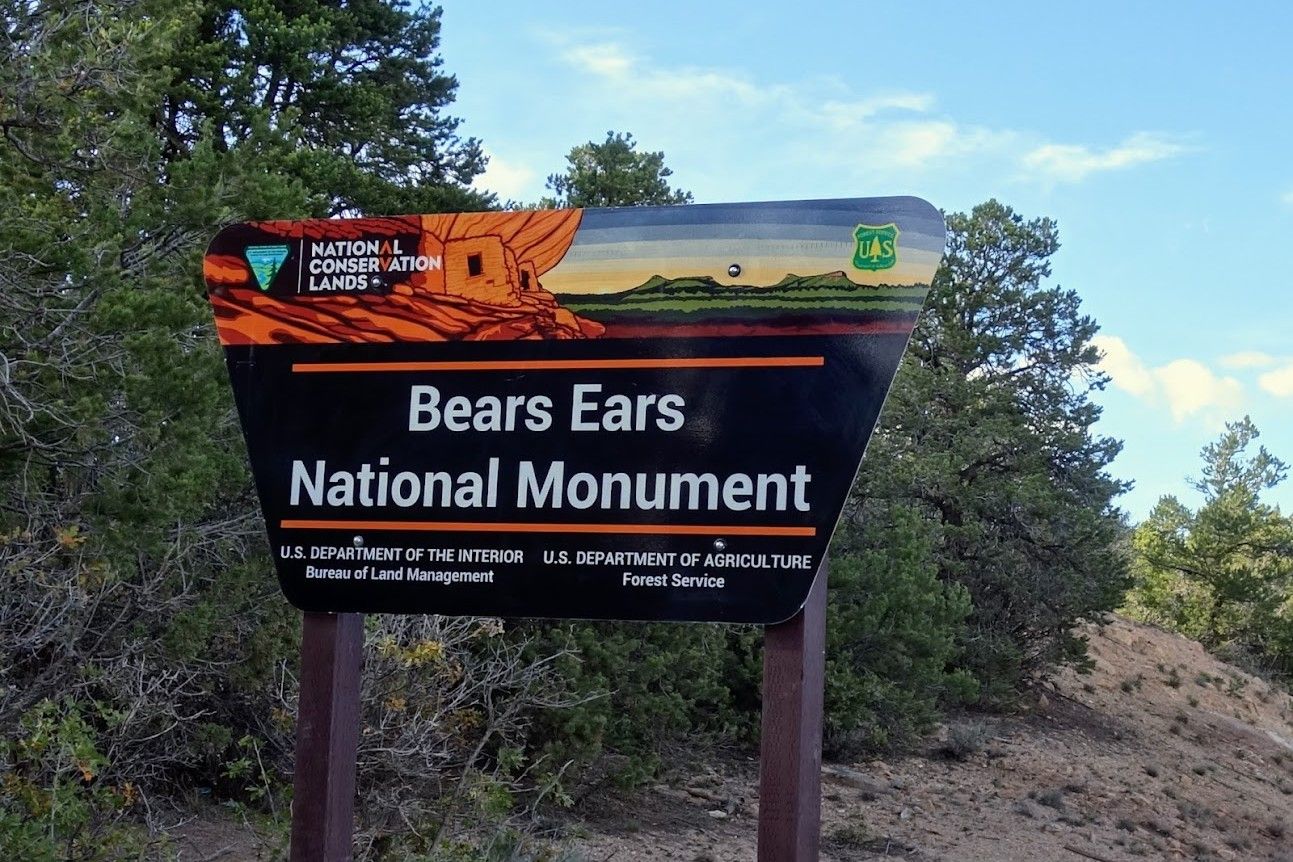Secrets Of Utah’s Bears Ears Indigenous Shelters

Have you ever wondered about the hidden history of Bears Ears in Utah? This stunning landscape is more than just breathtaking views. It holds secrets of ancient Indigenous shelters that tell stories of the past. These shelters, carved into cliffs and nestled among the rocks, offer a glimpse into the lives of the people who once called this place home. Imagine walking through these ancient dwellings, feeling the connection to a time long gone. Whether you're a history buff or just love exploring, Bears Ears has something special to offer. Ready to uncover the mysteries of this incredible place? Let's dive in!
Secrets of Utah's Bears Ears Indigenous Shelters
Bears Ears National Monument in Utah is a treasure trove of history and culture. The area is rich with ancient Indigenous shelters that tell stories of the past. Let's explore some of these fascinating sites.
Ancient Cliff Dwellings
The cliff dwellings in Bears Ears are some of the most well-preserved ancient homes in the United States. These structures offer a glimpse into the lives of the Ancestral Puebloans.
Moon House: This multi-room cliff dwelling is named for its lunar-like wall paintings. It's a challenging hike to get there, but the views and history make it worthwhile.
House on Fire: Known for its unique appearance when sunlight hits it just right, this site looks like it's engulfed in flames. The hike is relatively easy, making it accessible for most visitors.
Butler Wash Ruins: These ruins are easily accessible via a short hike. The site includes several cliff dwellings and offers a panoramic view of the surrounding area.
Rock Art Sites
Rock art is another fascinating aspect of Bears Ears. These ancient drawings and carvings provide insight into the beliefs and daily lives of the area's early inhabitants.
Newspaper Rock: This site features one of the largest collections of petroglyphs in the Southwest. The rock is covered with hundreds of symbols and figures, some dating back over 2,000 years.
Wolfman Panel: Located in Butler Wash, this panel features intricate carvings of human and animal figures. The hike to the site is short but requires some scrambling over rocks.
Procession Panel: This site features a long line of human figures, thought to represent a ceremonial procession. The hike to the panel is moderate, with some steep sections.
Hidden Caves
Bears Ears is also home to numerous caves that were used as shelters by ancient peoples. These caves often contain artifacts and other remnants of past lives.
Cave Towers: These unique structures are built into the sides of cliffs and were likely used for storage or as lookout points. The hike to the towers is moderate, with some steep sections.
Cave 7: This cave is famous for the large number of artifacts found within it, including pottery and tools. The hike to the cave is challenging, but the historical significance makes it a must-visit.
Fishmouth Cave: Named for its fish-like appearance, this cave contains several ancient dwellings and offers stunning views of the surrounding landscape. The hike is relatively easy, making it a great option for families.
Sacred Sites
Many of the shelters in Bears Ears hold spiritual significance for the Indigenous peoples who once lived there. These sacred sites are often marked by unique features and artifacts.
Cedar Mesa: This area is home to numerous sacred sites, including ancient kivas and ceremonial structures. The hikes in this area range from easy to challenging, offering something for everyone.
Grand Gulch: Known for its extensive network of ancient ruins and rock art, Grand Gulch is considered a sacred place by many Indigenous peoples. The hikes here are long and challenging but incredibly rewarding.
Shay Canyon: This canyon features several sacred sites, including rock art and ancient dwellings. The hike is moderate, with some steep sections and rocky terrain.
Bears Ears National Monument is a place where history comes alive. Each shelter, cave, and rock art site tells a story of the people who once called this land home.
Reflecting on Bears Ears
Bears Ears holds a special place in the hearts of many. The Indigenous shelters found here are more than just structures; they are a testament to the rich history and culture of the Native American tribes who called this land home. Exploring these shelters offers a unique glimpse into their way of life, their resilience, and their deep connection to nature.
Visiting Bears Ears is not just about seeing ancient dwellings. It's about understanding the stories and traditions passed down through generations. Respecting and preserving these sites is crucial for future generations to appreciate and learn from.
Next time you're in Utah, take the time to visit Bears Ears. Walk among the shelters, feel the history, and honor the legacy of the people who built them. This experience will leave you with a deeper appreciation for the land and its original inhabitants.

